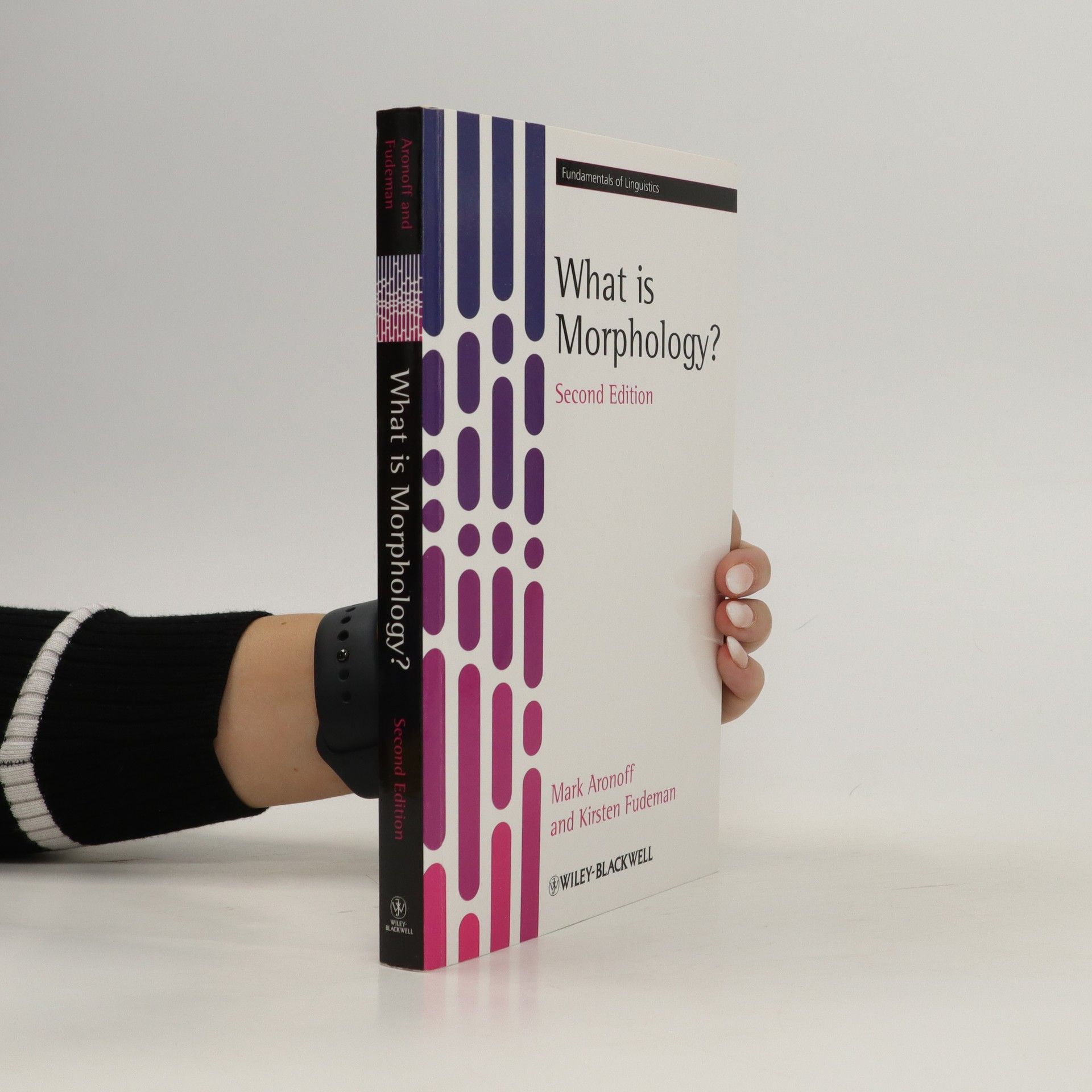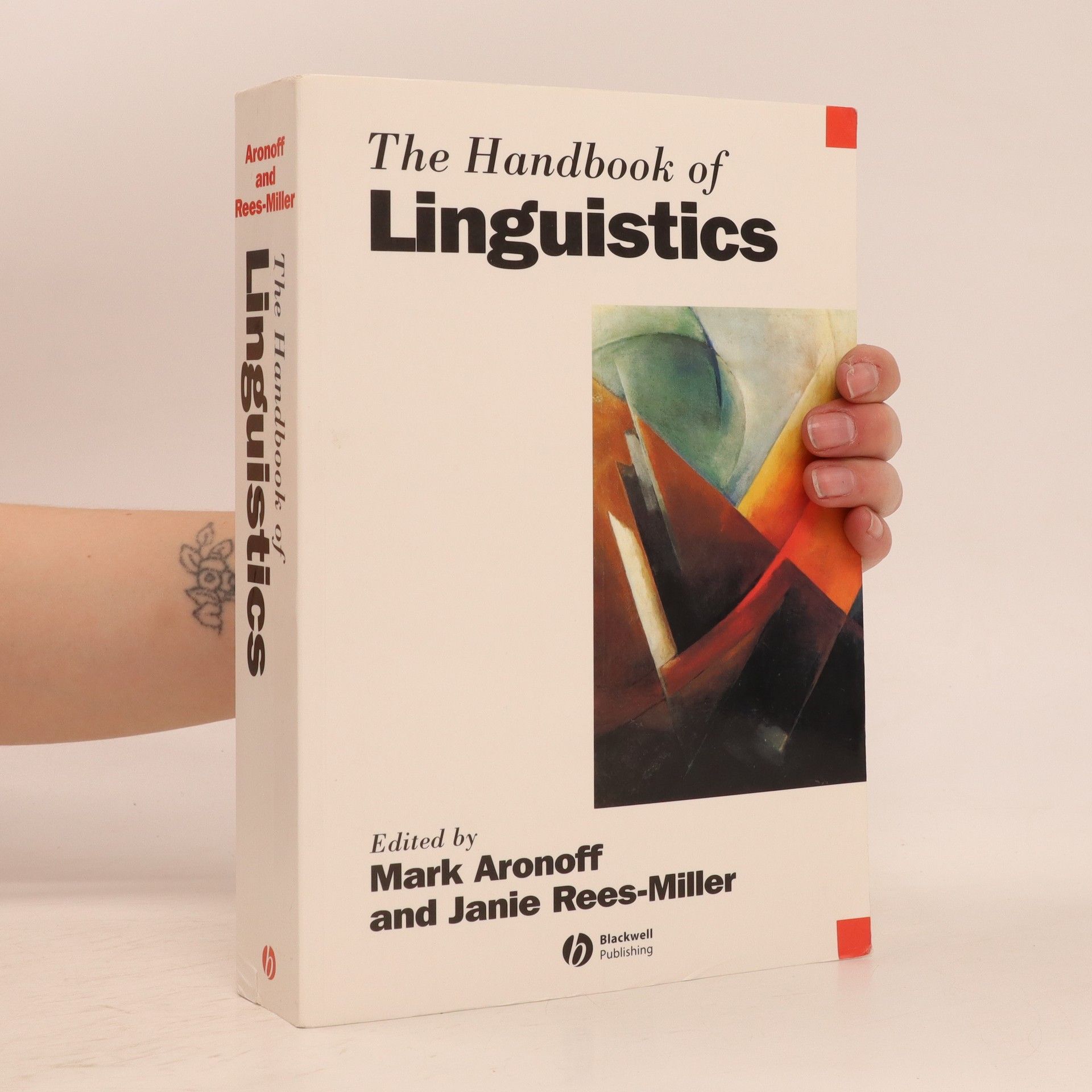The Handbook of Linguistics
- 840 pages
- 30 hours of reading
Presupposing no prior knowledge of linguistics, The Handbook of Linguistics is the ideal resource for people who want to learn about the subject and its subdisciplines.




Presupposing no prior knowledge of linguistics, The Handbook of Linguistics is the ideal resource for people who want to learn about the subject and its subdisciplines.
What is Morphology? is a concise and critical introduction to the central ideas of morphology, which has been revised and expanded to include additional material on morphological productivity and the mental lexicon, experimental and computational methods, and new teaching material. Introduces the fundamental aspects of morphology to students with minimal background in linguistics Includes additional material on morphological productivity and the mental lexicon, and experimental and computational methods Features new and revised exercises as well as suggestions for further reading at the end of each chapter Equips students with the skills to analyze a wide breadth of classic morphological issues through engaging examples Uses cross-linguistic data throughout to illustrate concepts, specifically referencing Kujamaat Joola, a Senegalese language Includes a new answer key, available for instructors online at http://www.wiley.com/go/aronoff
"Contemporary Linguistics" is the gold standard of introductory linguistics textbooks. Meticulously prepared, it is one of the most comprehensive, authoritative, up-to-date introductory resources on the market. The book’s extensive examples and exercises help students master the course material, and its lucid writing style makes complex concepts easy to understand.
Focusing on the unique phenomenon of sign languages, this Special Issue explores their emergence as the only languages observable in their development without prior models. It compiles a series of articles that enhance our understanding of how these languages form and evolve within human societies, providing valuable empirical evidence of language emergence. The collection offers insights into the dynamics of language creation and the factors influencing the development of emerging sign languages.